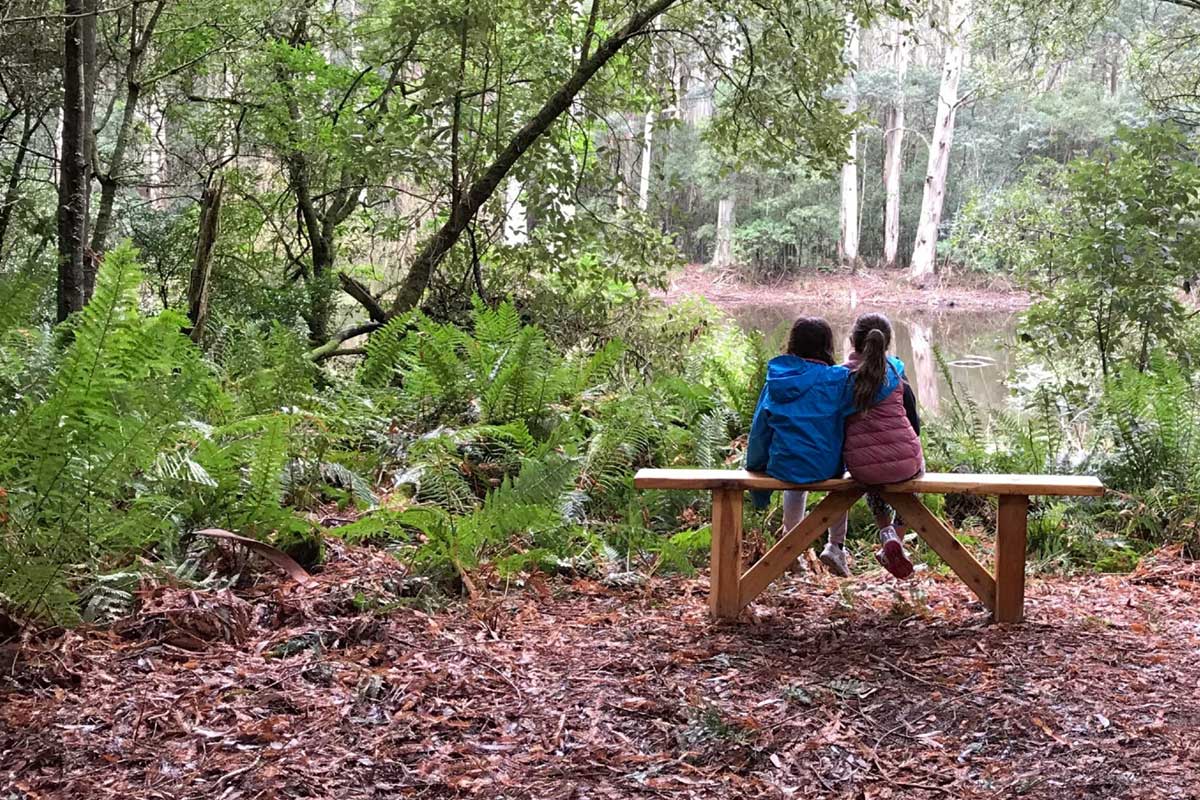Dealing with sleep problems in children and teens can be challenging for any parent. With insomnia comes heightened emotions and irrational behaviour, so interacting with kids who aren’t getting enough sleep can be a rocky road to tread.
At Relational Minds we advocate using P.A.C.E. (Playfulness, Acceptance, Curiosity, Empathy) for general communication with children. This method can also be helpful when dealing with teens and children who have sleep problems.
Dr Albert Veloso is the Director of Relational Minds Child and Family Mental Health Clinic. He is also a specialist Child and Family Psychiatrist and General Paediatrician and a fellow of the Royal Australian and New Zealand College of Psychiatrists and the Royal Australian College of Physicians.
Dr Veloso says, ‘All conversations with our children can be achieved by the use of Playfulness, Acceptance, Curiosity and Empathy.’ He emphasises the importance of connecting with your children using P.A.C.E. to understand what might be causing their sleep difficulties.
How to apply the P.A.C.E. method
Using Playfulness, Acceptance, Curiosity and Empathy is a great way to establish a strong foundation for communicating with your child.
- Approaching conversations with your children in a playful manner encourages openness and sharing. They may be expecting you to tell them off for continuing the behaviours that have resulted in their sleep problems, so surprise them by keeping conversations light hearted and blameless.
Be opportunistic about where and when you initiate conversations. While driving somewhere or sharing a favourite pastime are good times to chat so that they don’t feel pressured or uncomfortable. - Accept that your child is finding it hard to fall asleep or stay asleep, and they need help to correct this. Their insomnia may be caused by excessive device use, lack of exercise, a cluttered bedroom or poor dietary choices, but it is important to avoid blaming which closes down the channels of communication.
- Be genuinely curious and try to understand the problem from their perspective. Ask questions that help you to understand how they feel and what it’s like for them to not be able to sleep.
- Showing empathy for the problem can help to build a connection with your child. Resist the urge to problem-solve too quickly, or to use ‘reassuring’ expressions which may actually be perceived as dismissive and invalidating.
Your confirmation might sound something like this:
“Wow. Okay, so let me get this right. You do wish you could go to sleep earlier, but for some reason your thoughts don’t stop? That would be hard. Not sure what we can do, but let’s try to work out some ways to help you get better at sleeping.”
That shows empathy, understanding and a desire to work with them to improve the situation.
Dr Veloso’s golden rules for better sleep
Between clarifying your child’s sleep difficulties and working with them to solve the problem, familiarise yourself with Dr Veloso’s sleep rules so you can discuss strategies to put in place.
Rule 1: Set up lighting that is conducive to sleep
- Dim the lights in living areas and bedrooms during the evening. Use lamps or warm lights not white lights.
- Avoid using brightly lit devices at least one hour before bed, dim the screen, or use devices on night mode.
Rule 2: The bed is only used for sleeping
- Make the bed in the morning and don’t touch it again until bedtime.
- Utilise living areas or use alternative bedroom furniture such as a comfy chair or bean bag for phone use, reading, watching TV etc.
Rule 3: Get up if sleep won’t come after an hour of trying
- If meditation, body scans and slow deep breathing have failed, get up.
- Get out of bed and read or do something mindful (not using a brightly lit device) until sleepiness comes.
Rule 4: Regulate sleep times
- Go to bed and get up at the same time every day wherever possible.
- Try not to take daytime naps.
Rule 5: Persist with your sleep improvement plan
- Be consistent for at least six weeks. It will take some time and effort, but persistence is the key.
Strategies for offering children and teens sleep support
Choose the right timing and setting when using P.A.C.E. to problem-solve with your children. Ask yourself, are you both calm enough and in the right frame of mind to work patiently together to problem-solve? If not, wait for a better time.
When the time is right, start by trying to get agreement on a common goal. For example:
“I understand that you need to use your device to help you feel calmer. My concern is that the lack of sleep is causing you more issues the next day. Can we try to find a way you can use your device to calm down without affecting your sleep?”
Next, move on to developing a sleep improvement plan together:
- Create a list of strategies to try.
- Don’t try too many things at once. You may need to prioritise the ideas.
- Agree on a trial period for each strategy, then check to see if it has helped.
- Try new strategies until you find what works. Persevere for six weeks.
Using P.A.C.E. you are not just helping to resolve your children’s sleep problems, you are establishing effective communication that supports your relationship on an ongoing basis.




